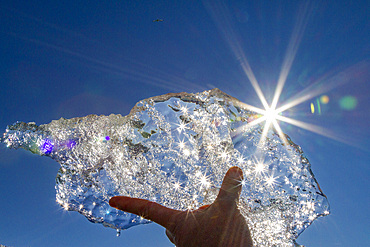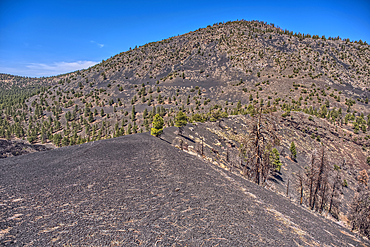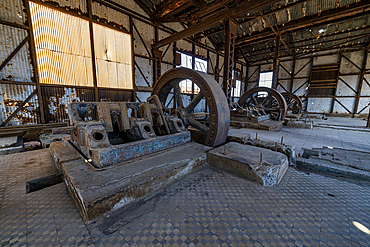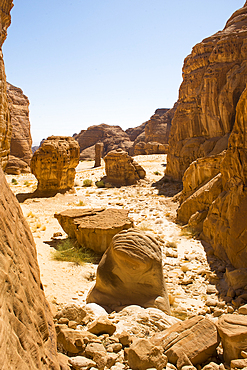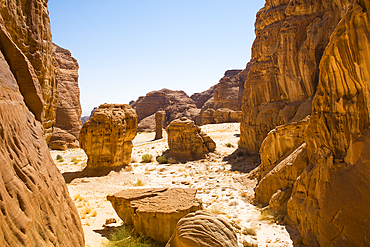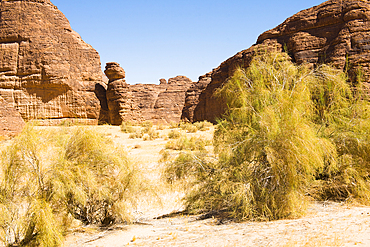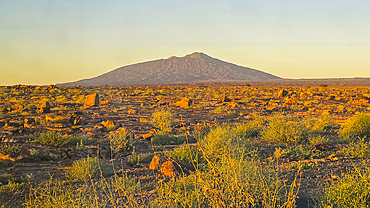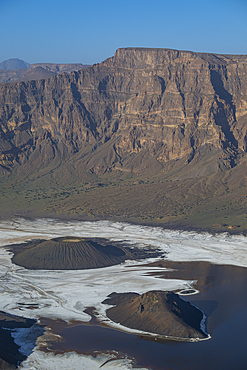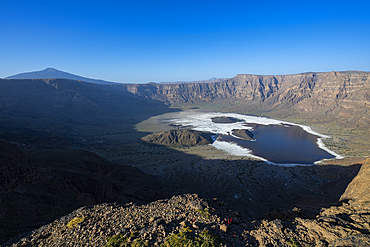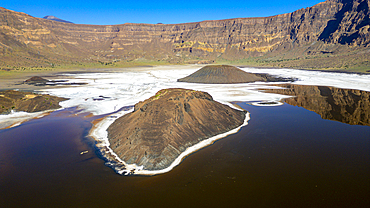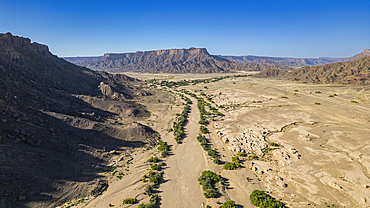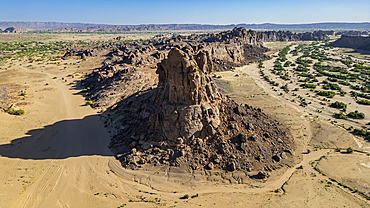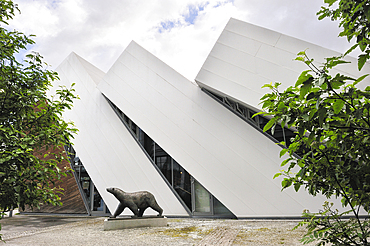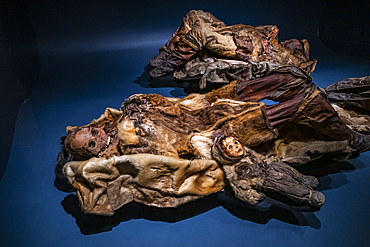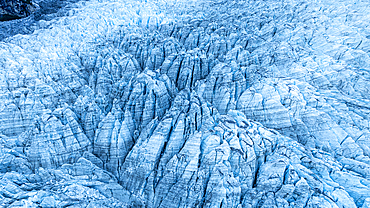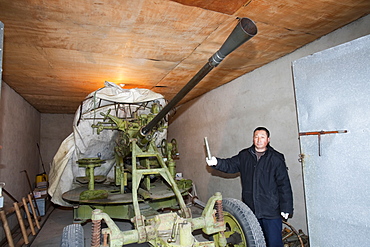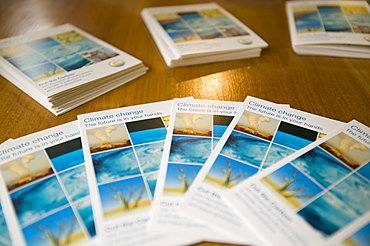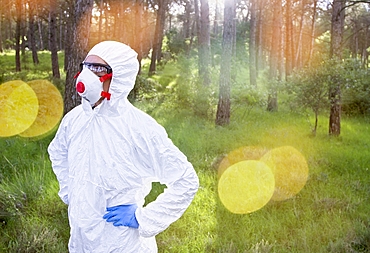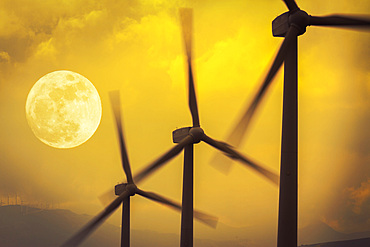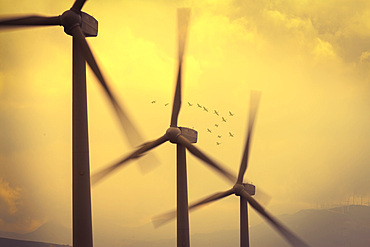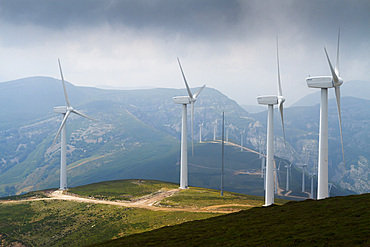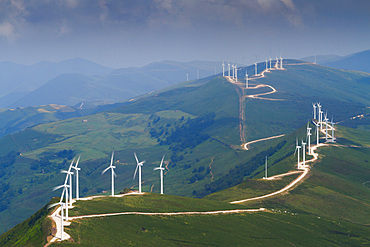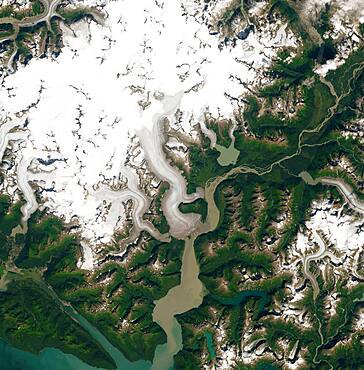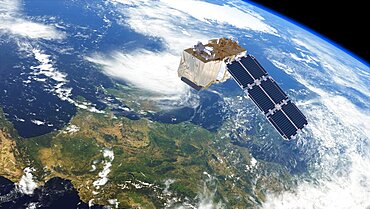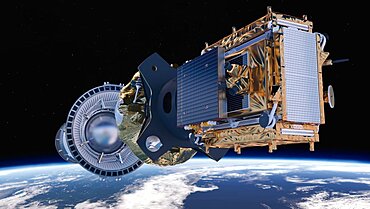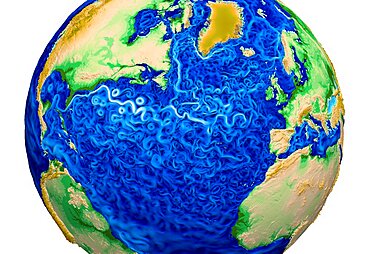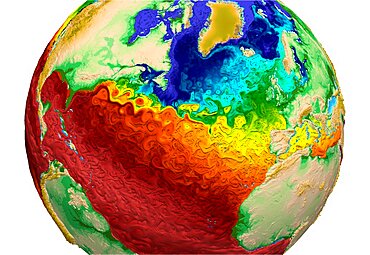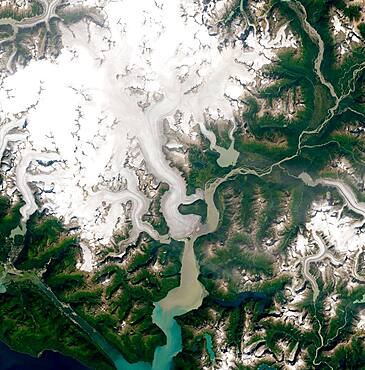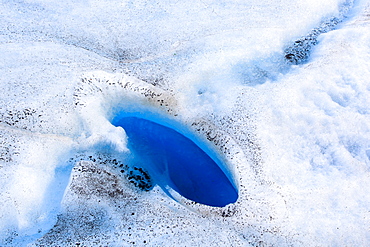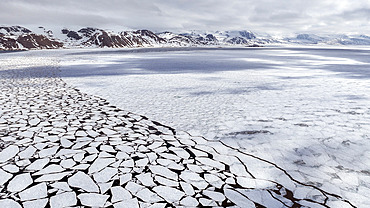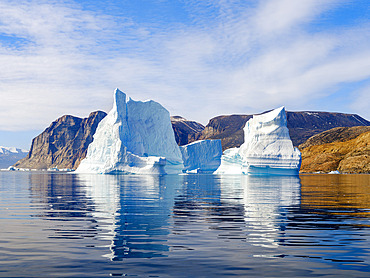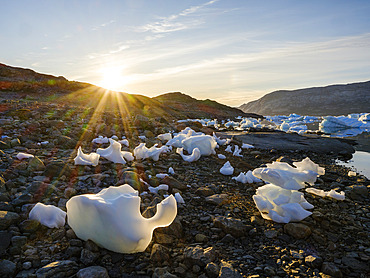Results
33 results found
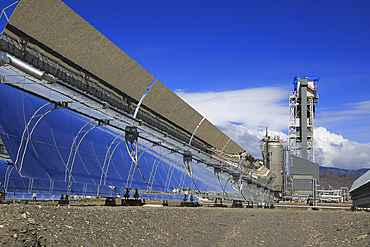
Curved concave reflector panels desalinisation plant at the solar energy scientific research centre, Tabernas, Almeria, Andalusia, Spain, Europe
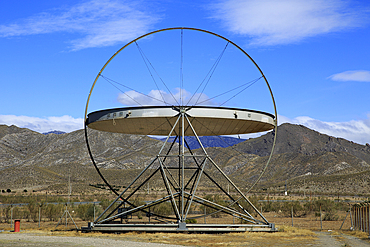
Large heliostat EuroDish solar energy scientific research centre, Tabernas, Almeria, Andalusia, Spain, Europe
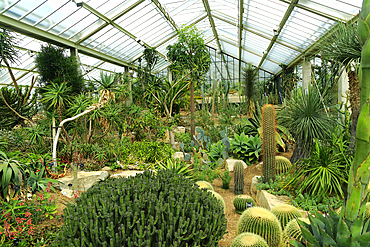
Desert plants inside the Princess of Wales conservatory Royal Botanic Gardens, UNESCO World Heritage Site, Kew, London, England, United Kingdom, Europe
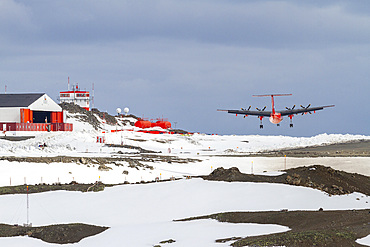
British Antarctic Survey (BAS) research plane landing at the Chilean Research base Frei on King George Island, Antarctica, Polar Regions
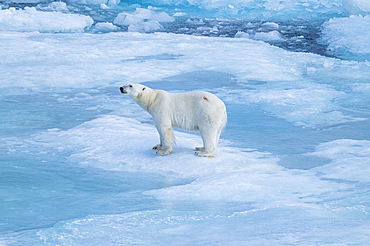
Polar bear (Ursus Maritimus) on Axel Heiberg island, Nunavut, Canadian Arctic, Canada, North America
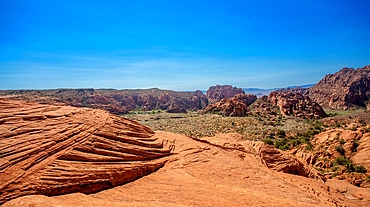
Petrified sand dunes, White Canyon State Park, Red Cliffs Desert Reserve near St. George, Utah, United States of America
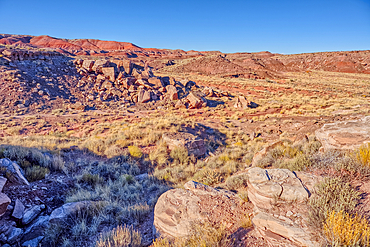
Boulder pile in a valley leading to Dead Wash, Petrified Forest National Park, Arizona, United States of America
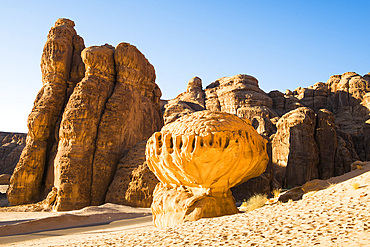
Remarkable sandstone rock carved by erosion in the Ashar Valley, AlUla, Medina Province, Saudi Arabia
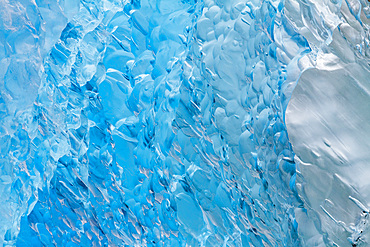
Glacial iceberg detail from ice calved off the Sawyer Glacier in Tracy Arm, Southeast Alaska, United States of America
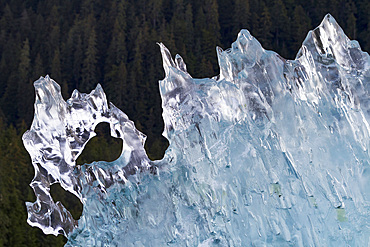
Glacial iceberg detail from ice calved off the LeConte Glacier near Petersberg, Southeast Alaska, United States of America
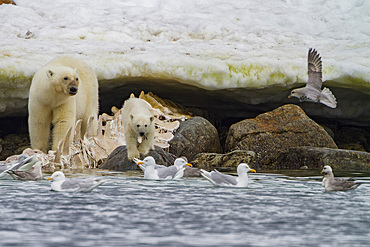
A mother polar bear (Ursus maritimus), and cub of the year feeding on a fin whale carcass in Holmabukta in the Svalbard Archipelago, Norway
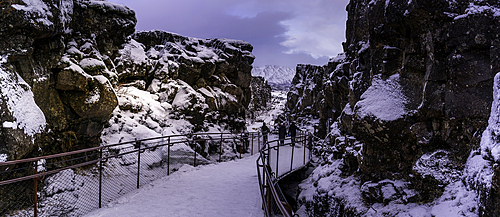
Continental drift between North American and Eurasian tectonic plates, Thingvellir National Park, UNESCO, in winter, Western Region, Iceland
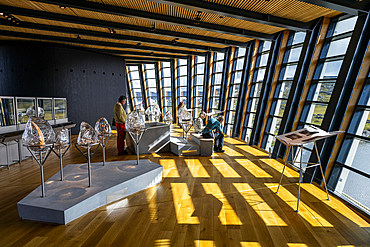
Ice crystals, Science Center, Ilulissat Icefjord, UNESCO World Heritage Site, Western Greenland, Denmark, Polar Regions
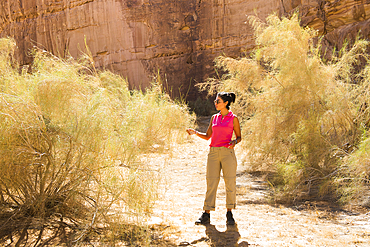
Rana El Zein, Deputy Director at AFALULA, and White saxaul (Haloxylon persicum), Sharaan Nature Reserve, AlUla, Medina Province, Saudi Arabia
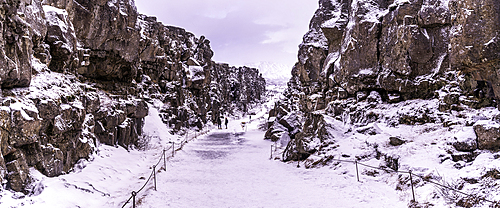
Continental drift between North American and Eurasian tectonic plates, Thingvellir National Park, UNESCO, in winter, Western Region, Iceland
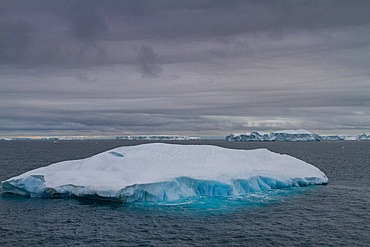
Iceberg detail in and around the Antarctic Peninsula during the austral summer months, Southern Ocean, Antarctica, Polar Regions
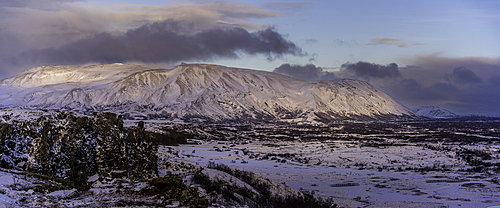
Continental drift between North American and Eurasian tectonic plates, Thingvellir National Park, UNESCO, in winter, Western Region, Iceland
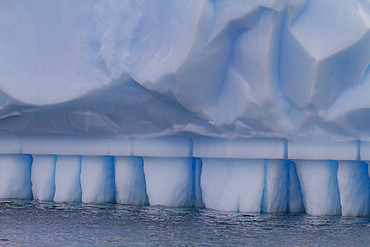
Iceberg detail in and around the Antarctic Peninsula during the summer months, Southern Ocean, Polar Regions
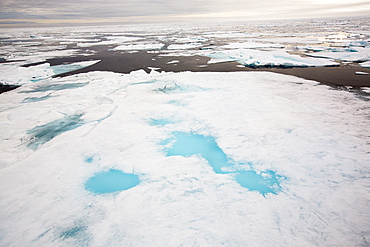
Rotten sea ice at over 80 degrees North off the north coast of Svalbard. Climate change is causing sea ice to retreat rapidly. The latest science predicts that the Arctic will be completely ice free in the summer around 2054. The sea ice broke up very early around Svalbard in 2013.
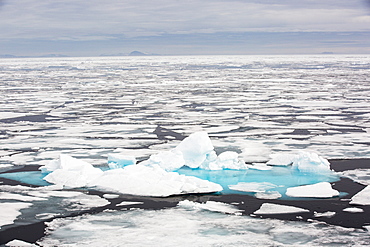
Rotten sea ice at over 80 degrees North off the north coast of Svalbard. Climate change is causing sea ice to retreat rapidly. The latest science predicts that the Arctic will be completely ice free in the summer around 2054. The sea ice broke up very early around Svalbard in 2013.
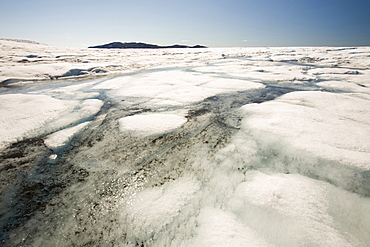
Melt water on the Greenland ice sheet which is melting at an unprecedented rate due to human-induced climate change, near Camp Victor north of Ilulissat, Greenland, Polar Regions
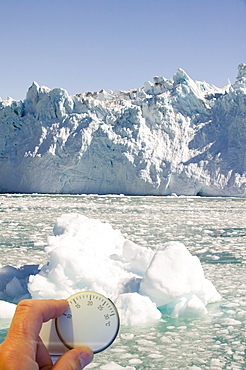
The snout of the Eqip Sermia glacier at Camp Victor north of Ilulissat on Greenland's west coast, Polar Regions
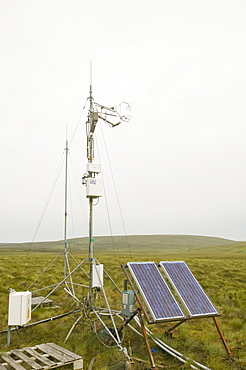
Scientific instruments to measure the carbon balance from peat bogs which is changing due to climate change in the north Pennines at Moorhouse, Cumbria, England, United Kingdom, Europe
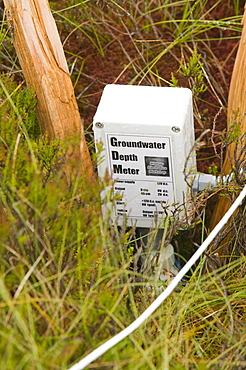
Scientific instruments to measure the carbon balance from peat bogs which is changing due to climate change in the north Pennines at Moorhouse, Cumbria, England, United Kingdom, Europe
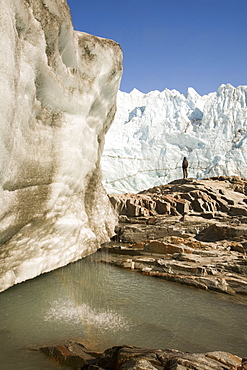
The Russell Glacier draining the Greenland icesheet inland from Kangerlussuaq on the west coast of Greenland, Polar Regions
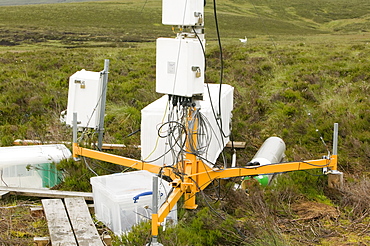
Scientific instruments to measure the carbon balance from peat bogs which is changing due to climate change in the north Pennines at Moorhouse, Cumbria, England, United Kingdom, Europe
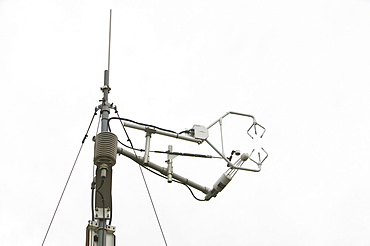
Scientific instruments to measure the carbon balance from peat bogs which is changing due to climate change in the north Pennines at Moorhouse, Cumbria, England, United Kingdom, Europe
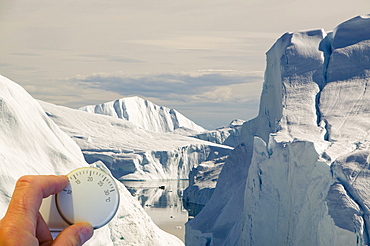
An Inuit fishing boat sails through icebergs from the Jacobshavn glacier (Sermeq Kujalleq), Greenland, Polar Regions

Person with a safety suit lying down in a flowers carpet in a forest area. Ayegui, Navarre, Spain, Europe

Astrophysical observatory, Telegrafenberg, Potsdam Institute for Climate Impact Research, Wissenschaftspark Albert Einstein, science buildings, Potsdam, Brandenburg, Germany, Europe
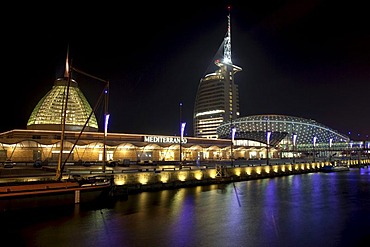
Klimahaus science center, Sail City, Mediterraneo, Old Harbour, Havenwelten district, Bremerhaven, Lower Saxony, Germany, Europe

Icebergs collect at the end of Lago Grey, below the sweeping tongue of the glacier in Torres del Paine National Park.
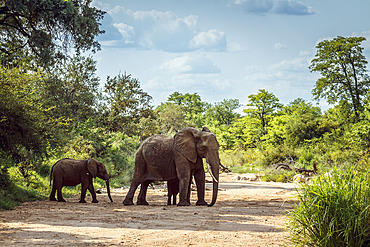
African bush elephant (Loxodonta africana) female with cub in dry riverbed in Kruger National park, South Africa
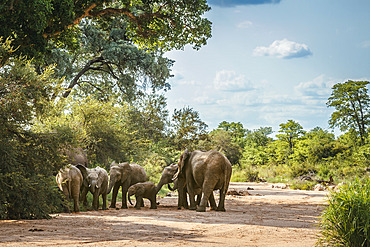
Group of African bush elephants (Loxodonta africana) in dry riverbed in Kruger National park, South Africa
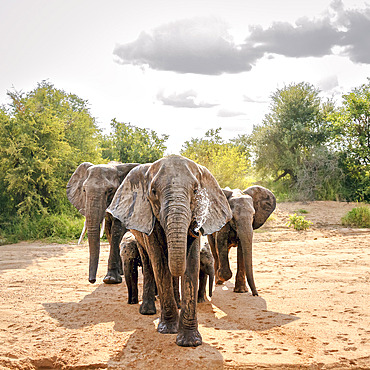
African bush elephant (Loxodonta africana) family looking front view for water in dry riverbed in Kruger National park, South Africa
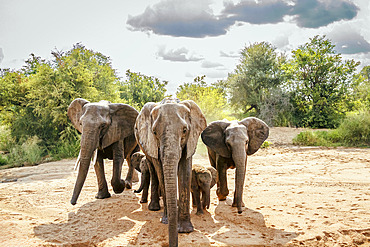
African bush elephant (Loxodonta africana) family looking front view for water in dry riverbed in Kruger National park, South Africa

Skunk clownfish (Amphiprion akallopisos) hidden in the bleached tentacles of a magnificent anemone (Heteractis magnifica) by the extreme temperatures of the El Nino phenomenon 2024, Mayotte
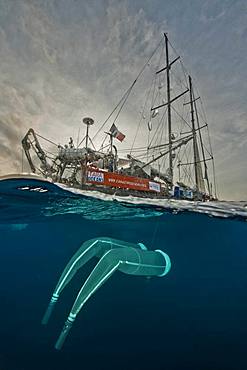
Tara Oceans Expeditions - May 2011. Tara with deployed plancton nets. On "station", the boat is drifting without engine or sails. Tara Oceans, a unique expedition: Tara Oceans is the very first attempt to make a global study of marine plankton, a form of sea life that includes organisms as small as viruses and bacterias, and as big as medusas. Our goal is to better understand planktonic ecosystems by exploring the countless species, learning about interactions among them and with their environment. Marine plankton is the only ecosystem that is almost continuous over the surface of the Earth. Studying plankton is like taking the pulse of our planet. Recently, scientists have discovered the great importance of plankton for the climate: populations of plankton are affected very rapidly by variations in climate. But in turn they can influence the climate by modifying the absorption of carbon. In a context of rapid physico-chemical changes, for example the acidification observed today in the world's oceans, it is urgent to understand and predict the evolution of these particular ecosystems. Finally, plankton is an astonishing way of going back in time ? a prime source of fossils. Over the eons, plankton has created several hundred meters of sediment on the ocean floors. This allows us to go back in time, to the first oceans on Earth, and better understand the history of our biosphere. More than 12 fields of research are involved in the project, which will bring together an international team of oceanographers, ecologists, biologists, geneticists, and physicists from prestigious laboratories headed by Eric Karsenti of the European Molecular Biology Laboratory. Galapagos
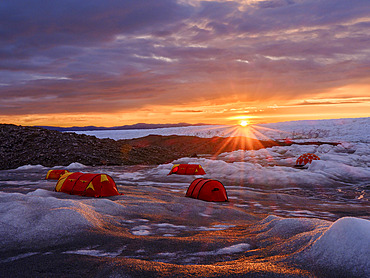
Camp with tents on the ice sheet. The brown sediment on the ice is created by the rapid melting of the ice. Landscape of the Greenland ice sheet near Kangerlussuaq. America, North America, Greenland, danish territory
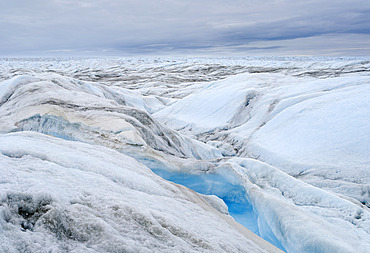
Drainage system on the surface of the ice sheet. The brown sediment on the ice is created by the rapid melting of the ice. Landscape of the Greenland ice sheet near Kangerlussuaq. America, North America, Greenland, danish territory
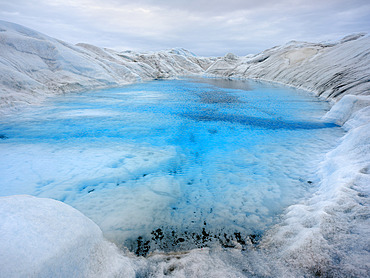
Drainage system with lake on the surface of the ice sheet. The brown sediment on the ice is created by the rapid melting of the ice. Landscape of the Greenland ice sheet near Kangerlussuaq. America, North America, Greenland, danish territory
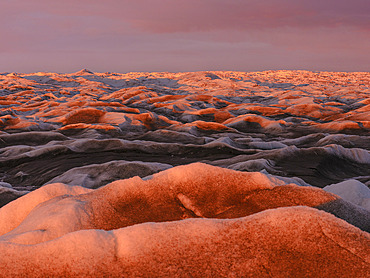
Midnight sun on the ice sheet. The brown sediment on the ice is created by the rapid melting of the ice. Landscape of the Greenland ice sheet near Kangerlussuaq. America, North America, Greenland, danish territory
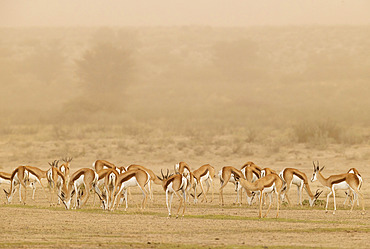
Springbok (Antidorcas marsupialis). During a sandstorm in the dry bed of the Nossob river. Kalahari Desert, Kgalagadi Transfrontier Park, South Africa.

Following a period of extreme heat, a fire ravages a cereal plot: barley in the foreground and wheat in the distance, the harvester on the edge of the flames. France Damage, loss, danger, insurance, appraisal, compensation problems

Following a period of extreme heat, a fire ravages a cereal plot: barley in the foreground and wheat in the distance. France. Damage, loss, danger, insurance, appraisal, compensation problems

Following a period of extreme heat, a fire ravages a cereal plot: barley in the foreground and wheat in the distance, firefighters intervene to stop the fire. France Damage, loss, danger, insurance, appraisal, compensation problems
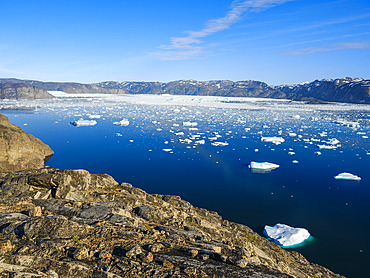
Store Glacier or Qarassap Sermia. Landscape with icebergs in the Uummannaq Fjord System in the northwest of Greenland, north of the polar circle. north america, Greenland, danish territory, summer

Aerial view over the snow-covered peaks of Svalbard. pointed peak known as spitzberg. latitude from 75 to 80 degrees, down to the pack ice near the north pole.

Landscape of Svalbard in Norway, also known as Spitsbergen. This territory stretches from latitude 75 to 80 degrees to the pack ice a few hundred kilometers from the North Pole.
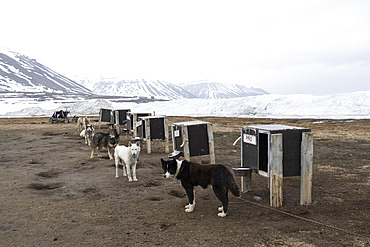
Dogsledding. Landscape of Svalbard in Norway, also known as Spitsbergen. This territory stretches from latitude 75 to 80 degrees to the pack ice a few hundred kilometers from the North Pole.

Landscape of Svalbard in Norway, also known as Spitsbergen. This territory stretches from latitude 75 to 80 degrees to the pack ice a few hundred kilometers from the North Pole. Melting ice, early global warming.

Landscape of Svalbard in Norway, also known as Spitsbergen. This territory stretches from latitude 75 to 80 degrees to the pack ice a few hundred kilometers from the North Pole. Melting ice, early global warming. Front of a glacier fracturing at the edge of a fjord. Explorers' sailboat at the ice edge

Landscape of Svalbard in Norway, also known as Spitsbergen. This territory stretches from latitude 75 to 80 degrees to the pack ice a few hundred kilometers from the North Pole. Melting ice, premature global warming. Exploration boat in Madeleine Bay. Young explorer on deck.

Landscape of Svalbard in Norway, also known as Spitsbergen. This territory stretches from latitude 75 to 80 degrees to the pack ice a few hundred kilometers from the North Pole. Melting ice, premature global warming. Exploration boat in Magdalen Bay. Explorer sailboat.

Landscape of Svalbard in Norway, also known as Spitsbergen. This territory stretches from latitude 75 to 80 degrees to the pack ice a few hundred kilometers from the North Pole. melting ice, early global warming. Baie de la Madeleine, a coastal landscape rising towards latitude 80 degrees, where blocks of ice and small icebergs detached from glaciers drift on the water.

Landscape of Svalbard in Norway, also known as Spitsbergen. This territory stretches from latitude 75 to 80 degrees to the pack ice a few hundred kilometers from the North Pole. Melting ice, early global warming. Coastal scenery as you climb towards latitude 80 degrees. Trapper's hut, professional hunter's hut

Landscape of Svalbard in Norway, also known as Spitsbergen. This territory stretches from latitude 75 to 80 degrees to the pack ice a few hundred kilometers from the North Pole. Melting ice, premature global warming. Exploration boat in Baie de la Madeleine.

Landscape of Svalbard in Norway, also known as Spitsbergen. This territory stretches from latitude 75 to 80 degrees to the pack ice a few hundred kilometers from the North Pole. Melting ice, early global warming. Baie de la Madeleine here, a coastal landscape rising to 80 degrees latitude, where blocks of ice and small icebergs detached from glaciers drift on the water. Old steam train in front of Ny-Alesund weather station

Landscape of Svalbard in Norway, also known as Spitsbergen. This territory stretches from latitude 75 to 80 degrees to the pack ice a few hundred kilometers from the North Pole. Melting ice, early global warming. Front of a glacier fracturing at the edge of a fjord.
